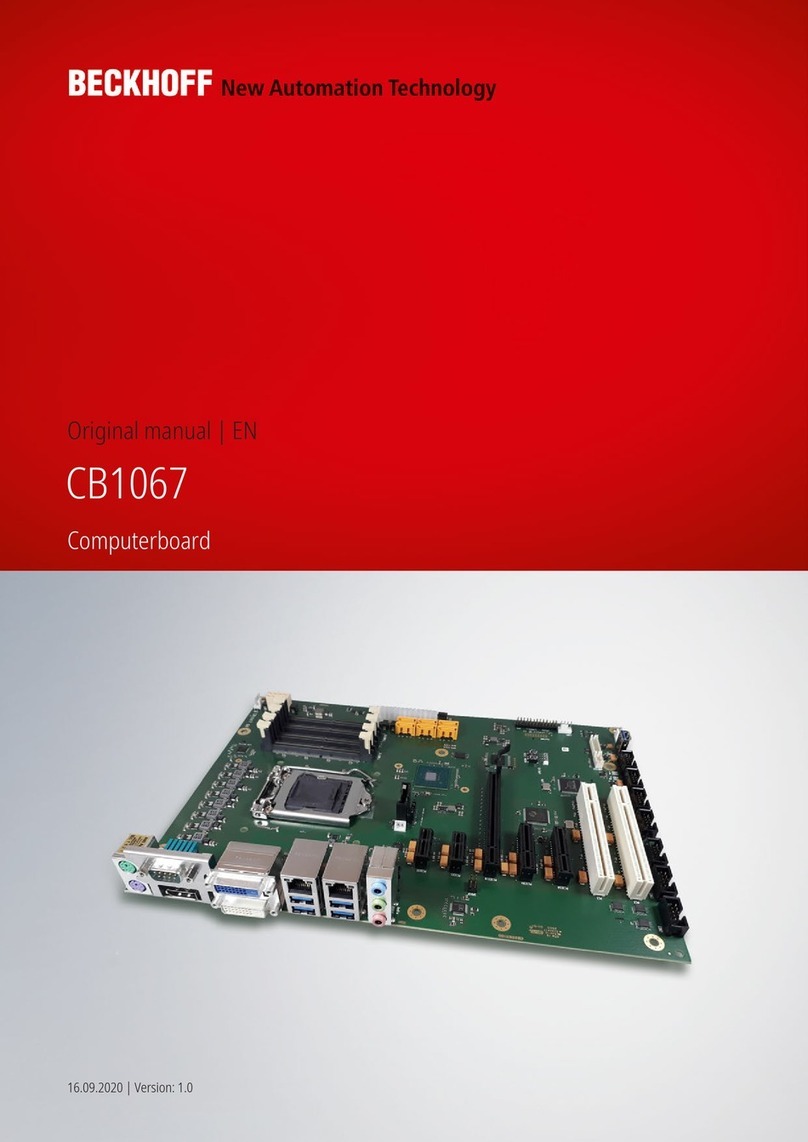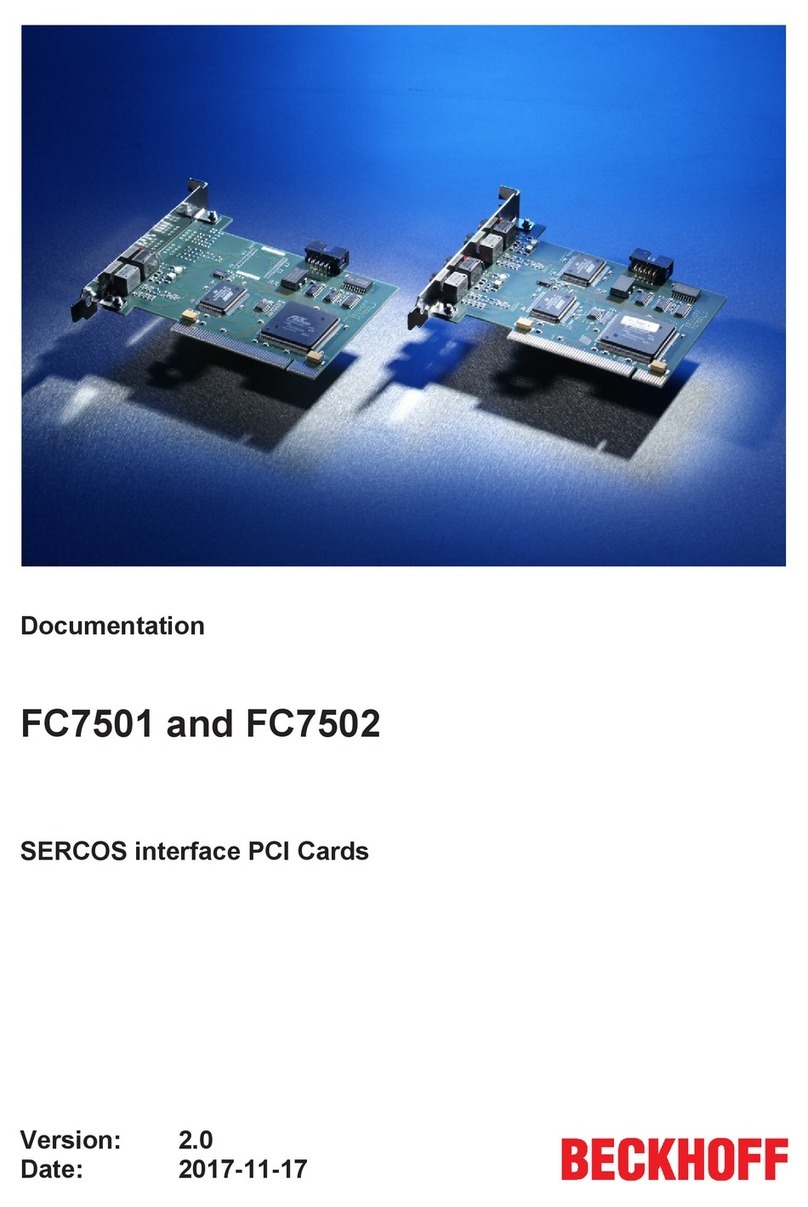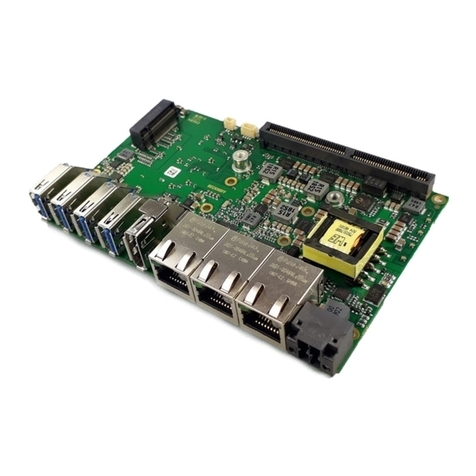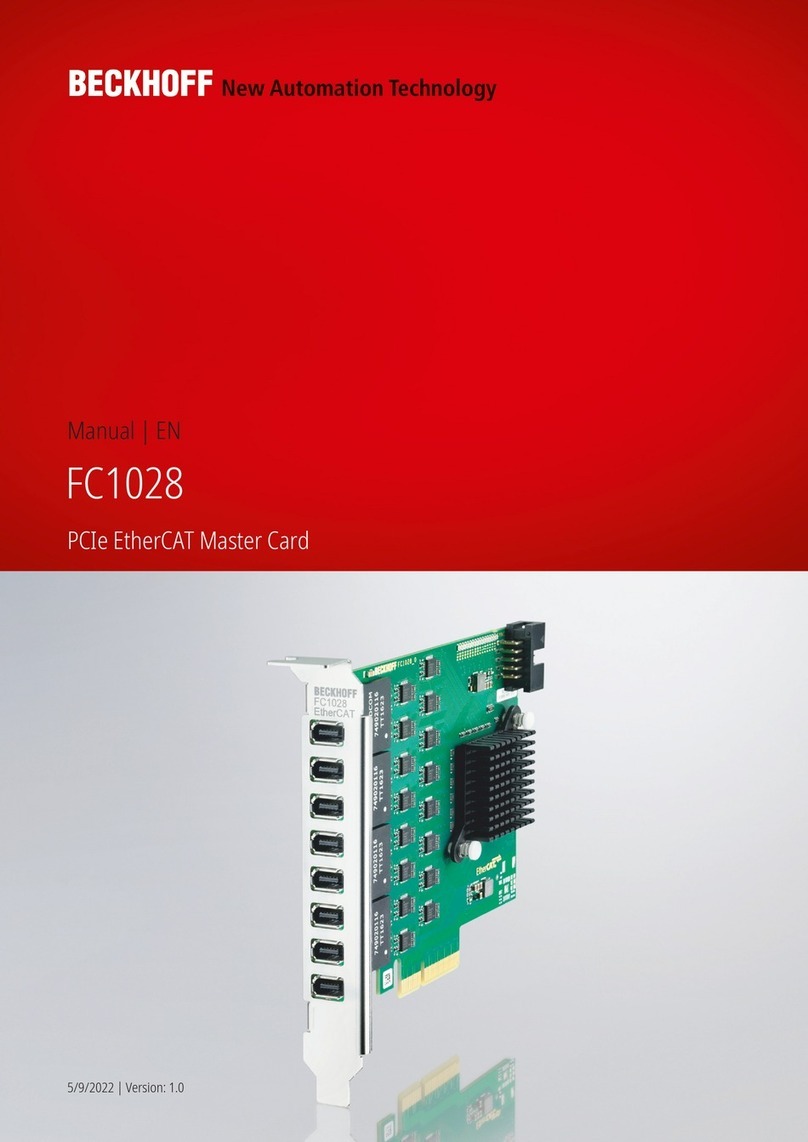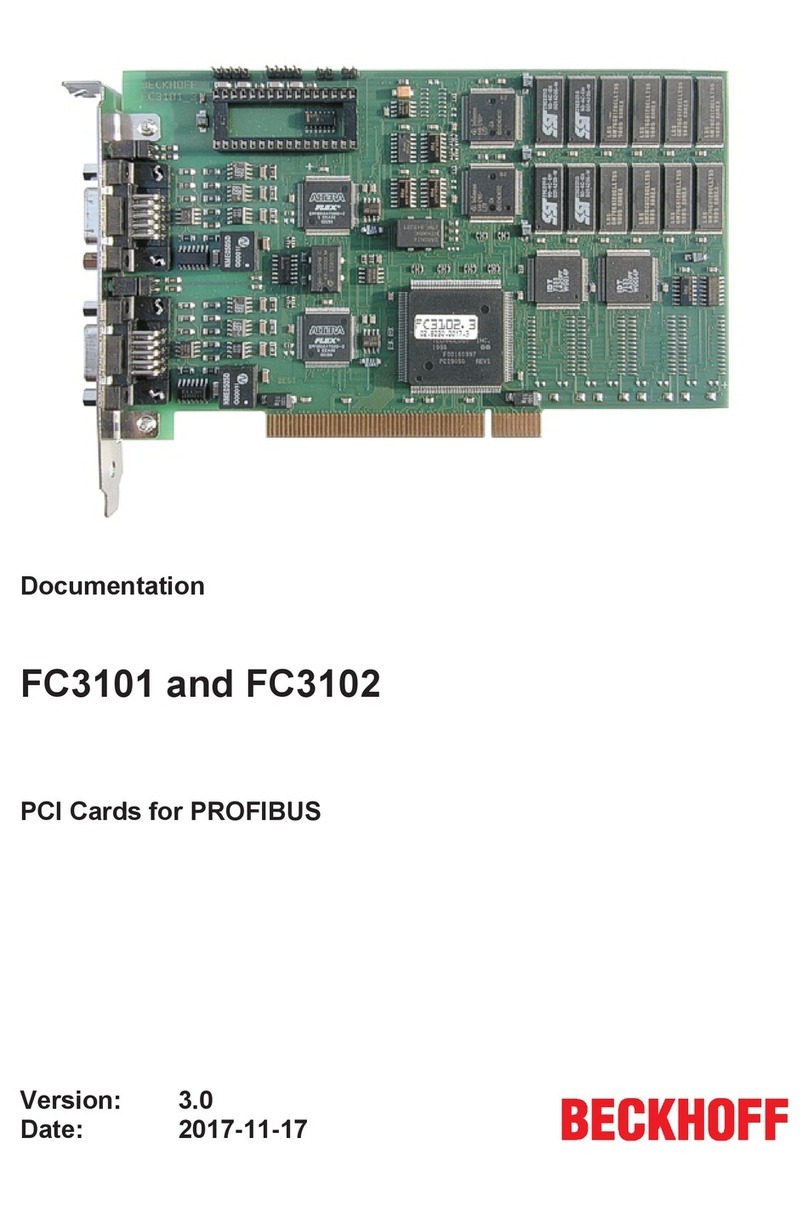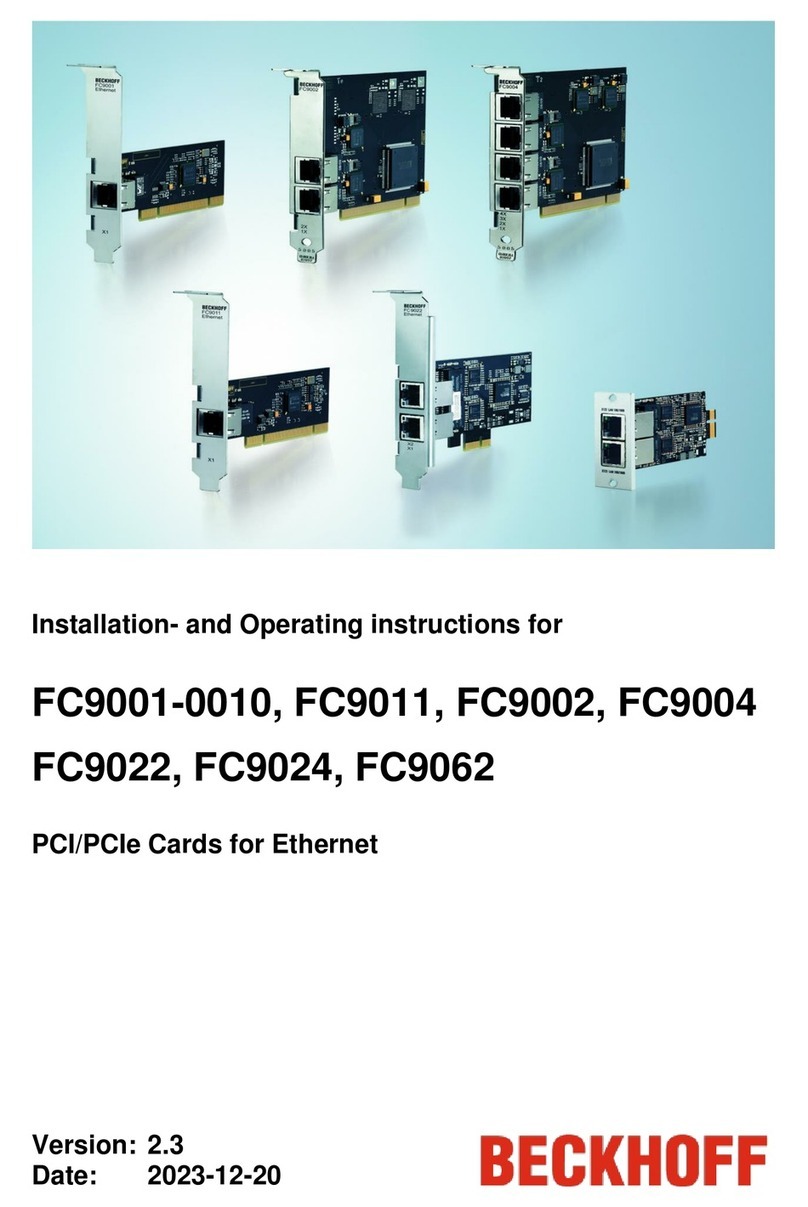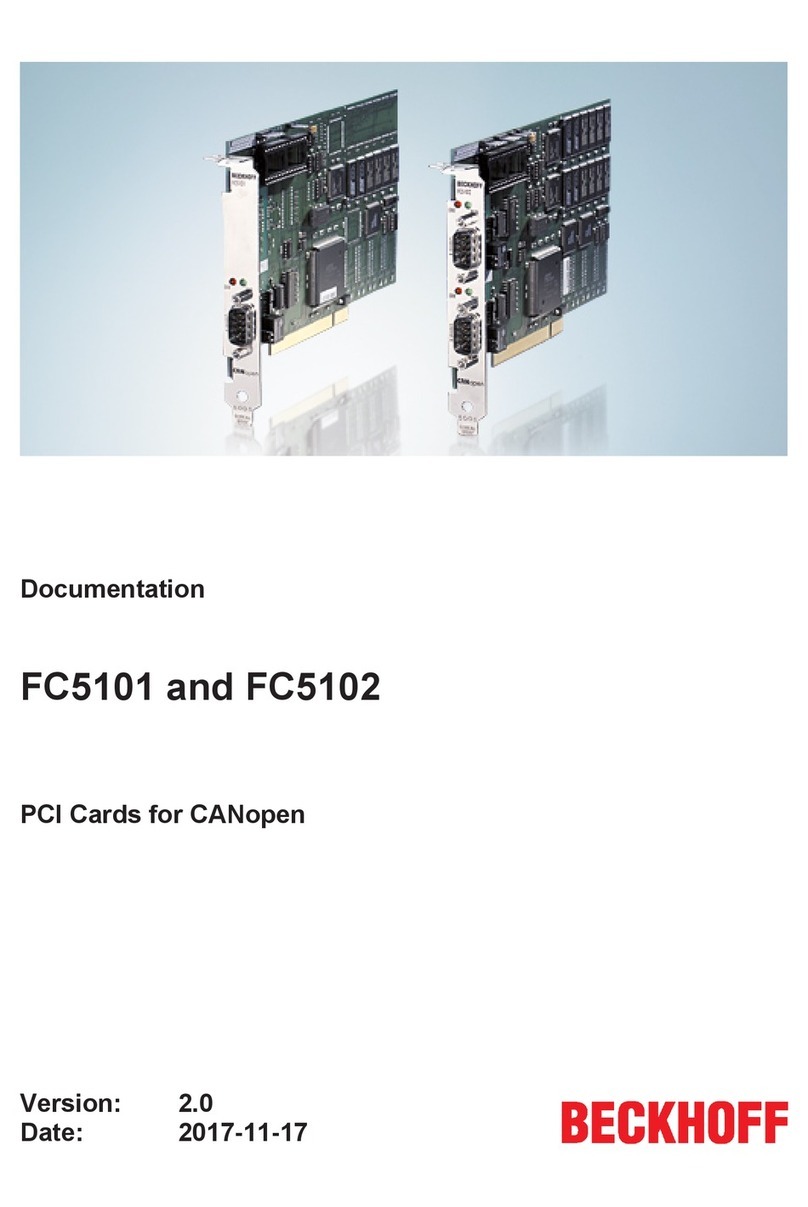
Table of Contents
CB3067 3
Version: 1.0
Table of Contents
1 Documentation issue status.....................................................................................................................5
2 Notes on the documentation ....................................................................................................................6
3 Safety instructions ....................................................................................................................................7
4 Overview.....................................................................................................................................................9
4.1 Properties ..........................................................................................................................................9
4.2 List of features .................................................................................................................................10
4.3 Specifications and documents.........................................................................................................11
5 Detailed description ................................................................................................................................12
5.1 Power supply ...................................................................................................................................12
5.2 Second UPS ....................................................................................................................................12
5.3 CPU .................................................................................................................................................12
5.4 Memory............................................................................................................................................12
6 Connections.............................................................................................................................................13
6.1 Plug connector overview .................................................................................................................14
6.2 Power input (P1300)........................................................................................................................15
6.3 SATA interfaces (P500/1/2/3)..........................................................................................................16
6.4 Serial interface COM2 internal (P1205)...........................................................................................16
6.5 Fan connections (P1100) ................................................................................................................17
6.6 GPIO (P504)....................................................................................................................................17
6.7 Display port IPEX (P1001)...............................................................................................................18
6.8 LAN (P900/800)...............................................................................................................................19
6.9 USB 3.0 external (P1201/P1203) ....................................................................................................20
6.10 DVI-D (P1000) .................................................................................................................................21
6.11 Serial interface COM1 (P1200) .......................................................................................................22
6.12 Memory SO-DIMM260 (U601/U600) ...............................................................................................23
6.13 USB 2.0 internal (P1202/P1204) .....................................................................................................27
6.14 System connector (P1102) ..............................................................................................................28
6.15 PCI-Express connector (P1101)......................................................................................................29
7 Status LEDs..............................................................................................................................................31
7.1 RGB LED.........................................................................................................................................31
8 BIOS settings ...........................................................................................................................................32
8.1 Using the setup................................................................................................................................32
8.2 Main.................................................................................................................................................33
8.3 Advanced Menu...............................................................................................................................34
8.3.1 RC ACPI settings............................................................................................................. 35
8.3.2 CPU Configuration........................................................................................................... 36
8.3.3 Trusted Computing .......................................................................................................... 37
8.3.4 ACPI Settings Enabled .................................................................................................... 37
8.3.5 ACPI Settings Disabled ................................................................................................... 38
8.3.6 SCH3114 Super IO Configuration ................................................................................... 39
8.3.7 Hardware Monitor ............................................................................................................ 41
8.3.8 Serial Port Console Redirection....................................................................................... 42






